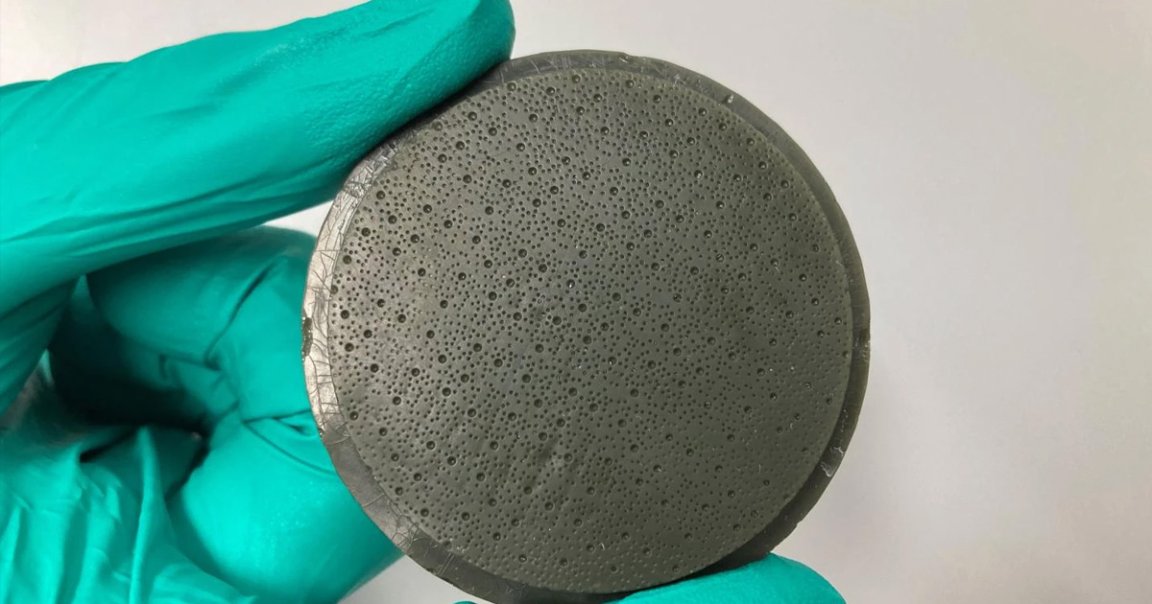
Biomimetic Tongue
Researchers from the University of Leeds and Edinburgh in the UK have 3D printed what they call the “first ever biomimetic tongue surface.”
The synthetic surface mimics a variety of qualities of the human tongue, from the exact topology and elasticity, to the “wettability,” according to a statement.
These qualities determine how saliva interacts with the tongue, thereby determining the eating experience, ability to swallow, speech, and other factors. By developing an artificial surface, the researchers are hoping to glean insights into how the tongue affects the way we eat and speak.
Scratchy and Wet
To create the biomimetic tongue, the team took silicone impressions from the tongues of 15 adults. They then scanned these negatives to map the small details and 3D printed the tongue using a specialized digital light processing technology.
Co-author and Leeds researcher Michael Bryant argued in the statement that creating such a tongue surface “with similar structure and mechanical properties will help streamline research and development for oral care, food products and therapeutic technologies.”
Taste Test
Alas, the artificial tongue can’t taste anything.
“Recreating the surface of an average human tongue comes with unique architectural challenges,” Efren Andablo-Reyes, postdoctoral fellow at Leeds, and lead author of the study published this week in the journal ACS Applied Materials & Interfaces, said in the statement. “Hundreds of small bud-like structures called papilla give the tongue its characteristic rough texture that in combination to the soft nature of the tissue create a complicated landscape from a mechanical perspective.”
READ MORE: 3D-printed “biomimetic tongue” works like the real thing [New Atlas]
More on biomimetics: This Swimming Squid Robot Looks Absolutely Amazing